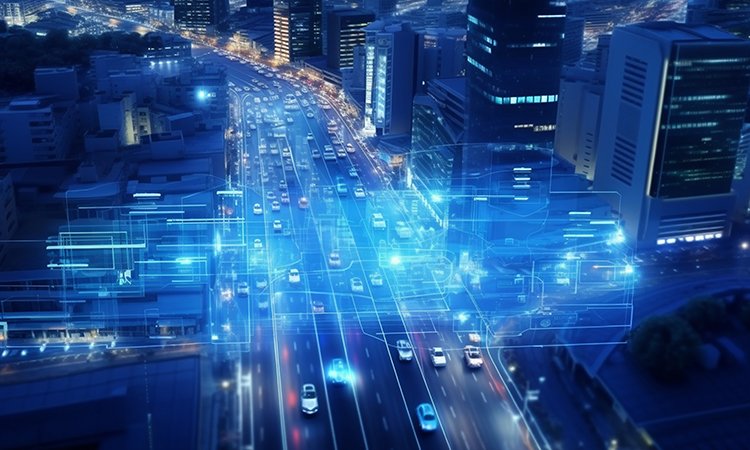Traffic Data Collection Systems are sophisticated setups used to gather and analyze data on various aspects of vehicular and pedestrian traffic. These systems are fundamental in understanding traffic patterns, behaviors, and volumes, providing essential insights for effective traffic management, urban planning, and road safety improvements.
- Diverse Data Collection: These systems collect a wide range of data, including vehicle counts by lane, average speeds, vehicle categories , axel group, axel spacing, as well as traffic volume patterns.
- Technological Integration: Utilize advanced technologies such as inductive loops, infrared sensors, radar, and video analytics to capture accurate traffic data.
- Real-Time Monitoring and Analysis: Capable of providing real-time data, enabling immediate analysis and response to traffic conditions.
- Long-Term Trend Analysis: Helps in studying long-term traffic trends, which is vital for urban planning and infrastructure development.
- Traffic Flow Optimization: Data collected aids in optimizing traffic flow studies, reducing congestion, and enhancing overall road efficiency.
- Safety Improvement: Insights from traffic data are used to identify traffic congestion-prone areas and develop strategies to improve road safety.
- Environmental Impact Assessment: Traffic data helps in assessing the environmental impact of road traffic, aiding in the development of eco-friendly transportation policies.
- Supports Smart City Initiatives: Integral to smart city projects, providing data that helps in the intelligent management of urban traffic systems.
- Facilitates Infrastructure Planning: Data is used by authorities for effective planning and justification of road infrastructure projects.
- Enhanced Decision-Making: Provides transportation authorities with data-driven insights for informed decision-making regarding traffic management and road network improvements.
Traffic Data Collection Systems, with their comprehensive and accurate data gathering capabilities, are indispensable in creating more efficient, safer, and sustainable transportation networks.





